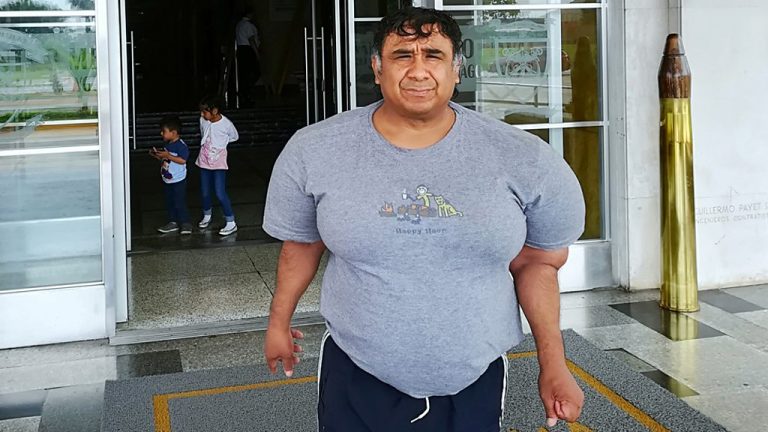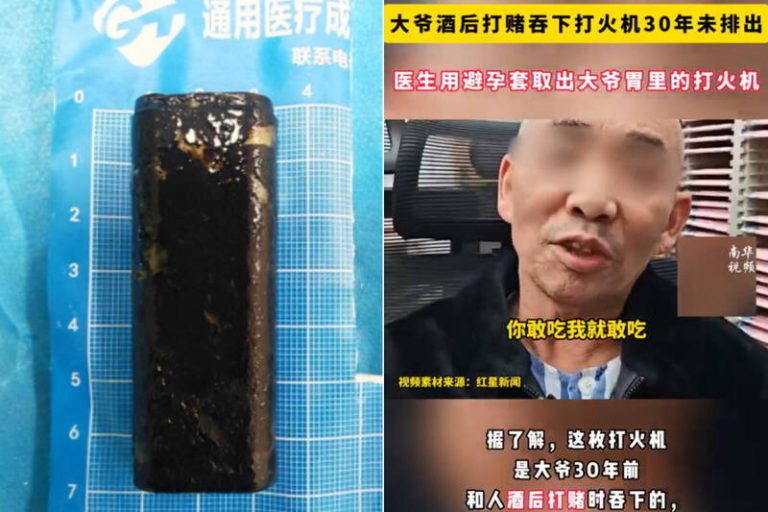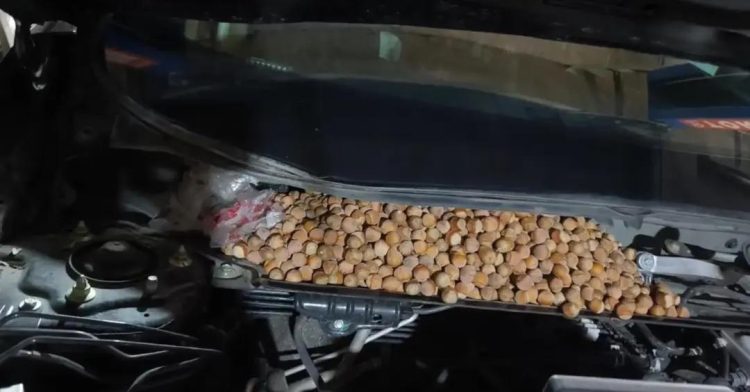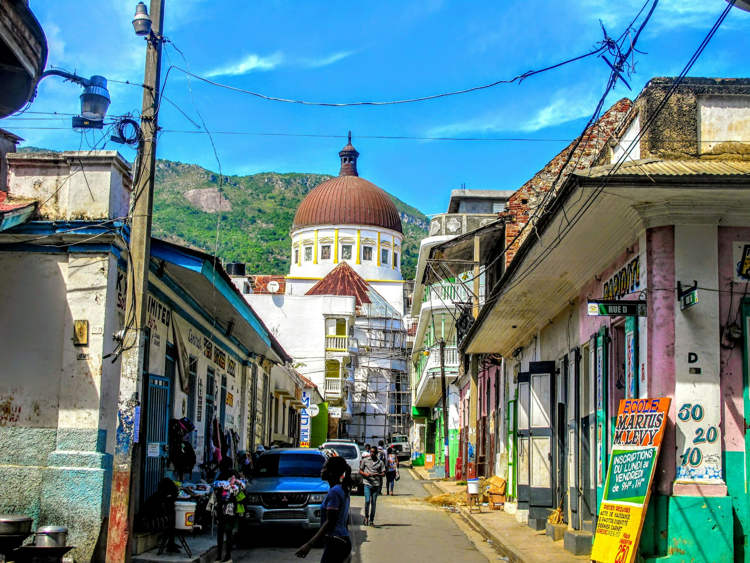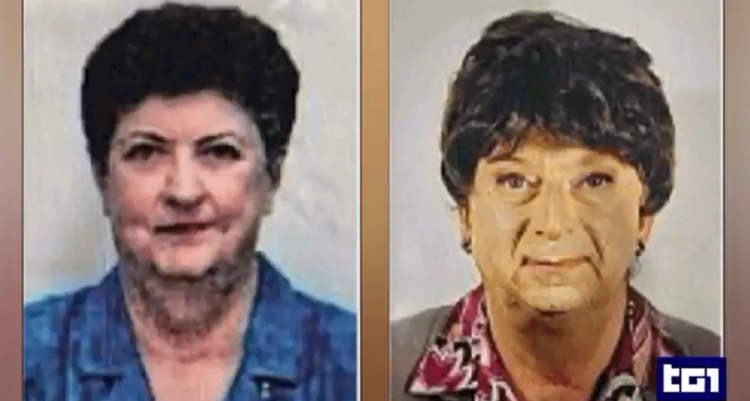At the outset, the mountainous region of Antioquia in northwestern Colombia comes across as a breathtaking natural paradise. But its picturesque valleys and winding green hills hide a chilling secret – an unusually large number of young people here suffer from a hereditary form of Alzheimer’s. Several of Antioquia’s residents are at various stages of the disease – right from early signs of memory loss to total dementia.
Early-onset Alzheimer’s is quite similar to the typical form of the disease – it is caused by toxic proteins that destroy brain cells, leading to memory loss and eventually, death. But there is one major difference – the symptoms begin to occur at a frightfully young age, sometimes even before the victim turns 40. It begins with forgetfulness and slowly progresses to disorientation and delusional ideas.
Afflicted with this form of Alzheimer’s, the people of Antioquia often reach the final stage of the disease in their mid-forties. And there’s only one explanation for the bizarre condition – it’s all in the genes. Generations of inbreeding has resulted in the spread of the defective gene in the region for the past 300 years – throughout a widely branched family that now has over 5,000 members. This makes Antioquia home to the world’s largest population of Alzheimer’s sufferers. They are all believed to have inherited the ‘paisa’ mutation, which is a simple genetic defect on Chromosome 14. The mutation is named after the people living in the area, who are known in Colombia as Paisas.
Photo: YouTube caption
In many cases, elderly residents are forced to care for their middle-aged sons and daughters. Mrs. Cuartas, from the village of Yarumal, is 82 years old and takes care of three of of her afflicted children. Dario, her 55-year-old son, babbles incoherently as he shreds his socks and diapers. Her daughter, 61-year-old Maria, used to be a nurse. But at age 48, she began to forget her patients’ medications. Another son, Oderis, 50, denies everything. But he only remembers to buy one thing at a time.
“To see your children like this, it’s horrible, horrible,” cried Mrs. Cuartas. “I wouldn’t wish this on a rabid dog. It is the most terrifying illness on the face of the earth.”
Although several attempts have been made to treat the disease, Alzheimer’s has managed to dodge all forms of advancement in medical science. Drugs that are available on the market today have hardly any benefit for sufferers. But scientists are slowly trying to find a way to fight the disease, and Yarumal is at the forefront. They want to tackle it much earlier, if possible even before the onset of the disease. “Perhaps the reason our therapies have been ineffective or mostly ineffective is that we’re administering them too late,” said Dr. John C. Morris, an Alzheimer’s researcher at Washington University in St. Louis.
Photo via El Economista
Preventive research is difficult, especially because the potential side effects of drugs are worrisome if people are treated when not sick. But this is why Colombia is the best option for researchers to even begin trying. Since mutation carriers always develop Alzheimer’s and researchers know roughly when, they can start the treatment about five years before expected memory loss. The extended family’s size, single location and similar lifestyles provide several comparable participants to gather solid scientific data.
“Our strategy is to intervene before the disease destroys the brain,” said Francisco Lopera, a talented neurologist who grew up in Yarumal village in Antioquia. For several months, he has been testing an experimental drug on a group of 300 patients between 30 and 60 years of age, who have the paisa mutation. The results of the study are expected in the year 2020.
“We don’t know what causes Alzheimer’s, but for one percent of the cases worldwide, it’s genetic in origin,” Lopera explained. “And that opens a very important window toward finding a preventive treatment.”
Photo: Cristian Santiago Gomez
As a part of his research, Lopera studies brains at his ‘brain bank’, which was created with organ donations from the residents of Antioquia. By studying the brains, researchers may be able to determine if brains shrinkage, brain activity, or beta-amyloid levels are identified as definitive biomarkers. Doctors may then be able to treat those, just like they treat cholesterol to prevent heart disease.
Scientists are also studying test subjects between 18 to 25 years of age, to see if brain changes begin to happen that young. A new memory test catches an early symptom – remembering only one characteristic of something. According to Dr. Mario Parra, who created the test, Paisa-mutation carriers “may remember seeing an apple, but not remember it’s in the fridge.”
Gaining the cooperation of the locals was not an easy task. Some villages in the region, such as Angostura, have been too dangerous. Nurse Lucia Madrigal, who was assisting Dr. Lopera, was kidnapped by guerrillas while she was collecting blood for gene testing. She was released eight days later, but Dr. Lopera and his team were forced to avoid visiting some of the villages for years.
Photo: Alvaro Ybarra Zavala
“It was very hard for them to accept, in addition to their suffering, donating their loved ones’ brains,” explained 60-year-old Lucia. “But without that social link, the scientific project could never have seen the light of day.” Over the years, she has continued to work with the Colombian victims, and has no plans to retire. She is keenly aware of the pathos of these people and the struggles they face on a daily basis.
“It’s not unusual to have three or more Alzheimer’s patients living under the same roof,” she added. “After one dies, the disease soon breaks out in another family member. I’m currently helping a family with 14 children, seven of whom suffer from Alzheimer’s. The emotional stress on the relatives is enormous in such cases.”
Lucia mainly treats patients with anxiety and depression, as suicide rates and drug consumption in the region are pretty high. “People here often begin experiencing a nagging dread when they turn 30. If they forget small things, they immediately interpret it as a sign of the sickness. Even teenagers ask themselves who will take care of them later, or whether they will want to have children.”
“Some say they’d rather kill themselves,” she said. “Then they get sick and forget.”
Sources: AFP, New York Times, Siemens






